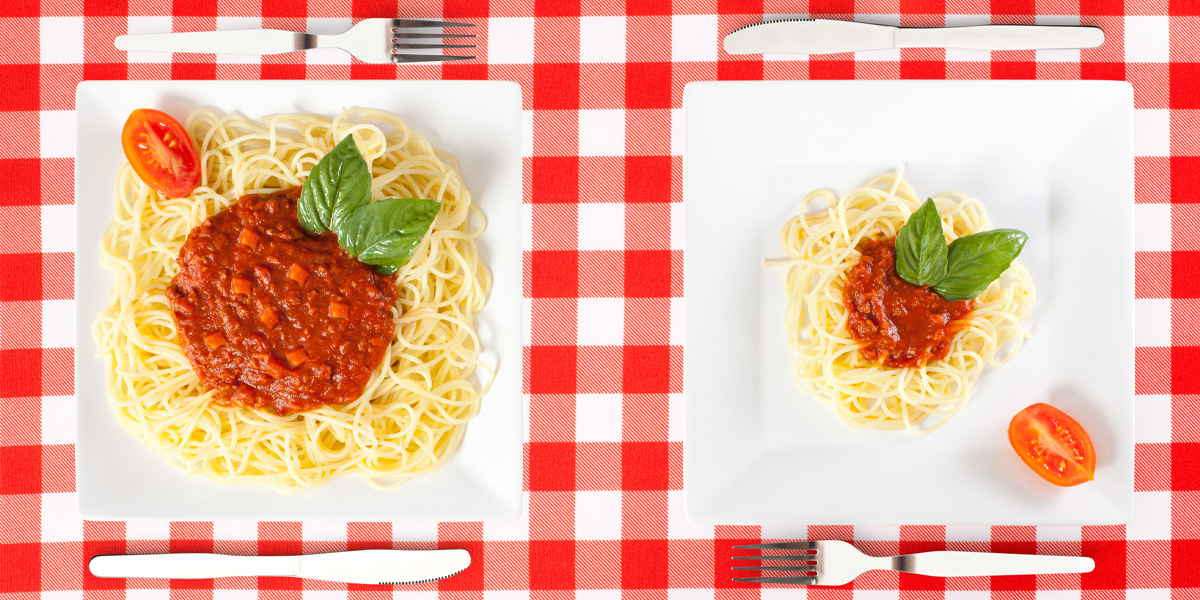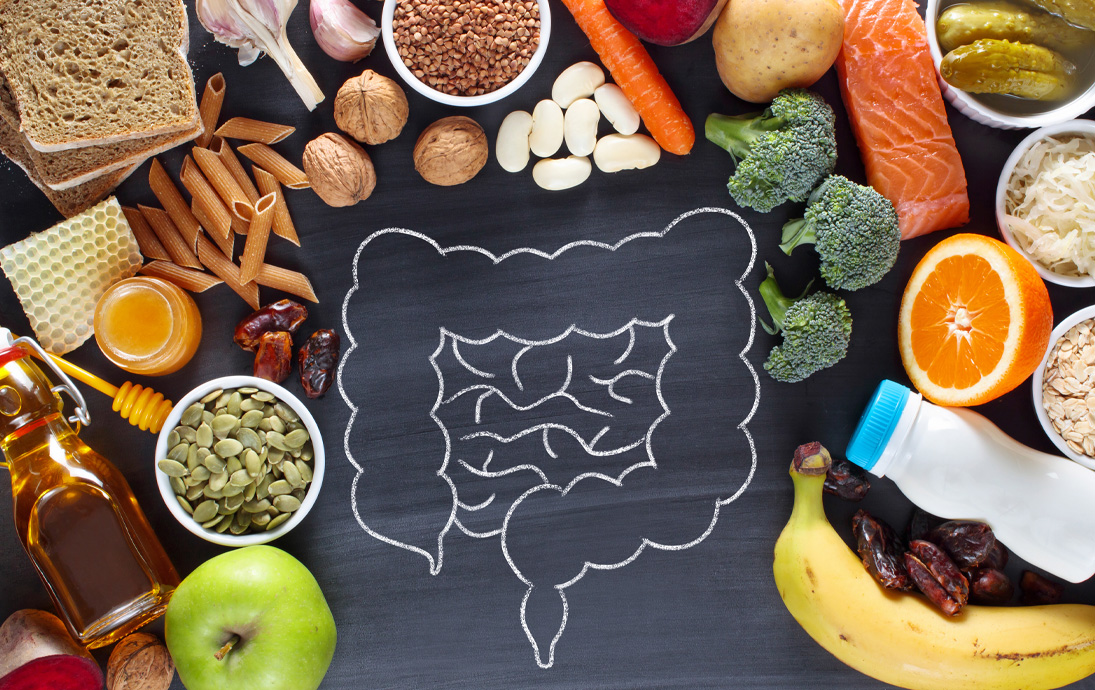
You’ve heard you need to control your portions, yes? Did you know why? Here are reasons why portion size matters.
Larger portions - on your plate, in your bowl, in a bag - make you eat more! Even if you are not part of the “clean plate club,” having a larger portion in front of you will cause you to eat more at a sitting.
Larger portions cause you to lose perspective. If you become accustomed to the largest drink or triple burger, the smaller sizes will seem, well...small! You can develop a lack of satisfaction with healthy portions over time.
Larger portions will include more calories. Okay, that may be obvious. But this can create serious health problems. When you eat more calories than you burn, you are more likely to gain weight and increase your risk for heart disease, diabetes, and certain cancers.
Smaller portions allow your body to process the food optimally and absorb needed nutrients. Smaller portions will help keep blood sugars more stable, reduce the likelihood of indigestion, and will help keep heartburn and reflux under control.
It is clearly healthier for your body to keep portions to a modest size. Getting used to smaller portions doesn’t mean getting used to being hungry. In fact, letting hunger dictate the portion size - and not the size of the plate or cup - will actually help you reduce the amount you eat. You can try using smaller dishes to serve yourself and fill up on high fiber vegetables, fruits, and whole grains to keep hunger at bay. You will feel lighter and healthier and possibly save a little money as well!
Portion Size vs. Serving Size – A serving size is the amount of food or liquid recommended to be eaten, like on a food label. Portion size is the amount food or drink you decide to eat at one time which may be more than one serving size.
What is a healthy serving?
The USDA has provided guidelines for “eyeballing” proper serving sizes:
- A half cup of chopped vegetables looks like half a baseball
- A full cup of green, leafy vegetables looks like a complete baseball
- A medium fruit is about the size of a baseball and a ½ cup of chopped fruit looks like half of a baseball
- A quarter cup of dried fruit is about the size of a golf ball
- A half cup of rice is about the size of half a baseball
- A 3-ounce serving of meat looks like a deck of cards
- 2 ounces of cubed raw cheese resembles 4 dice
Measuring your portions just once or twice can help you better “eyeball” portions. If you know that you normally serve yourself a cup of rice, you can track that you had two servings of rice. This will help you better understand if you are meeting or exceeding your nutrition needs.


